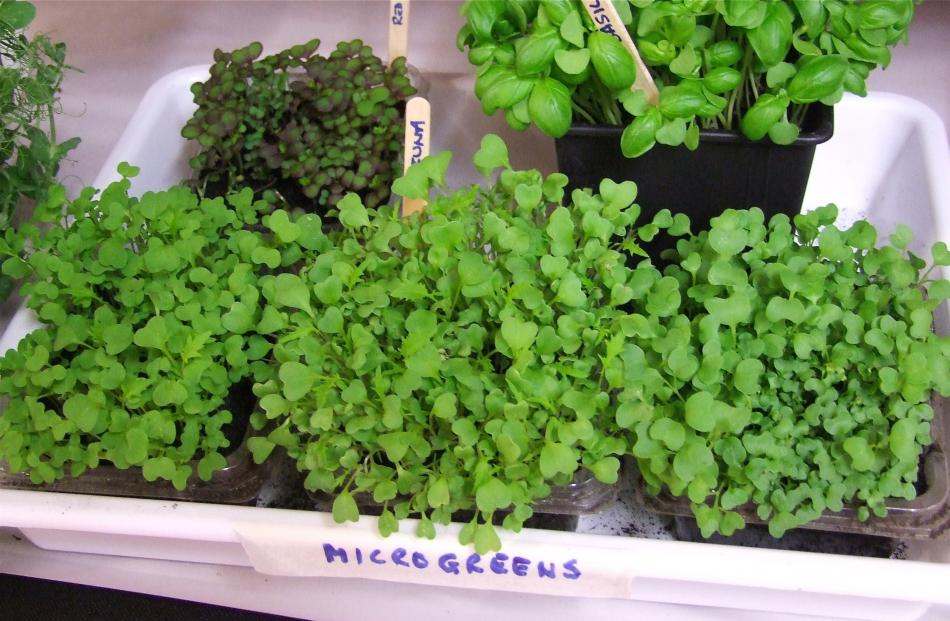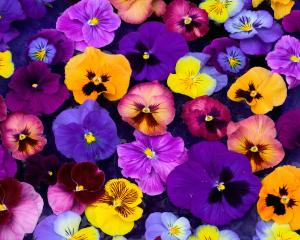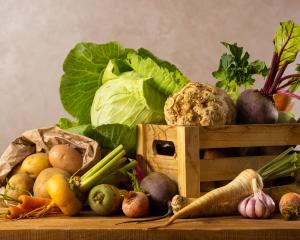Wobbles and weevils catch the attention of Gillian Vine.
Next month, it will be six years since the fatal Christchurch earthquake and since then, the country has kept wobbling, most significantly in November when Kaikoura bore the brunt of a magnitude 7.8 quake. It’s scary to realise we had 32,828 quakes last year and a sobering exercise to look at the GeoNet website and see just how many quakes are being recorded every day.
Despite these events — and the prediction that more severe earthquakes are likely — recent surveys have shown that few households have basic supplies of food and water for at least three days, plus other essentials such as torches, radios and first-aid kits.
Although it is not possible to be prepared for every civil emergency, some precautions make sense and a vegetable garden that has produce in every season can help. Even the tiniest section has space for a couple of silverbeet plants (or place coloured-stemmed ones in the flower garden). They can also be grown in pots, as can strawberries or Chilean guavas, while microgreens can be grown in containers indoors or on a patio and those with more space can plan a greater array of fresh vegetables.
Most gardening starts in spring but summer’s long, light evenings are a good time to dig a new bed or revitalise an old garden before planting vegetables that will be ready to eat in autumn, winter and early spring.
Potatoes are usually planted in September or October but if sown now, will produce new spuds for Easter. Choose faster-maturing varieties such as Red Rascal or Swift, put them into rich ground and keep them watered if the soil is dry. A mulch of pea straw between rows helps keep the earth moist.
For salads, keep sowing radishes, lettuce, rocket and microgreens, the latter cut when young. Mesclun is similar but has a mixture of four or five different plants. Spinach is another fast-growing green, suitable for using raw in salads as well as cooked.
Looking forward to winter, silverbeet can be sown but it is now too late to put in seed of leeks, celery and most brassicas (cabbage, cauliflower and so on) but garden centres have punnets of plants.
Asian vegetables like pak choi and Japanese red mustard (Brassica juncea) can be sown but carrots and parsnips need an earlier start to develop long, thick roots. You may like to give carrots a whirl, though, as recent wet weather should give a reasonable chance of success, particularly with smaller varieties like Paris Market and Mini Sweet.
Homegrown peas are a world away from the frozen kind. A novel one is Tom Thumb, a pre-1850s English variety suitable for pots, window boxes and hanging baskets. Like the more familiar Dwarf Massey and Sugar Snap Dwarf, it needs no staking and matures in less than two months.
We are lucky in being able to grow peas. In July, the Ministry for Primary Industries (MPI) placed a ban on growing peas within the Wairarapa and placed controls on moving seed and untreated pea straw in and out of the area, or within it, for two years. These bans, which cover home gardeners as well as commercial growers, is because of the discovery last April of pea weevil (Bruchus pisorum), brought into New Zealand in contaminated seed.
The only host of the pea weevil is the vegetable, including sugar snap peas, but sweet peas are not affected.
At the time the ban was imposed, Dr Veronica Herrera, MPI’s director investigation, diagnostic centres and response, said her team, in consultation with the pea-growing industry, had considered a range of measures to control the insect pest, but ultimately agreed with international experts that the temporary ban on growing peas in the Wairarapa would have the greatest chance of success.
"Pea weevil larvae only feed on young growing peas, damaging crops, so removing their food source will, over two years, wipe out the population. In essence, no peas, no weevil," she said.
Making home gardeners aware of the ban was important, she said, as complying with the ban "will protect their home gardens into the future".
A dead weevil was found in Canterbury in September, so in case the weevil makes it this far south we should grow peas while we can.
Weevils and wobbly ground notwithstanding, there is plenty to keep the gardener’s mind off the nasties and focused on the good things, especially the prospect of fresh vegetables.


















